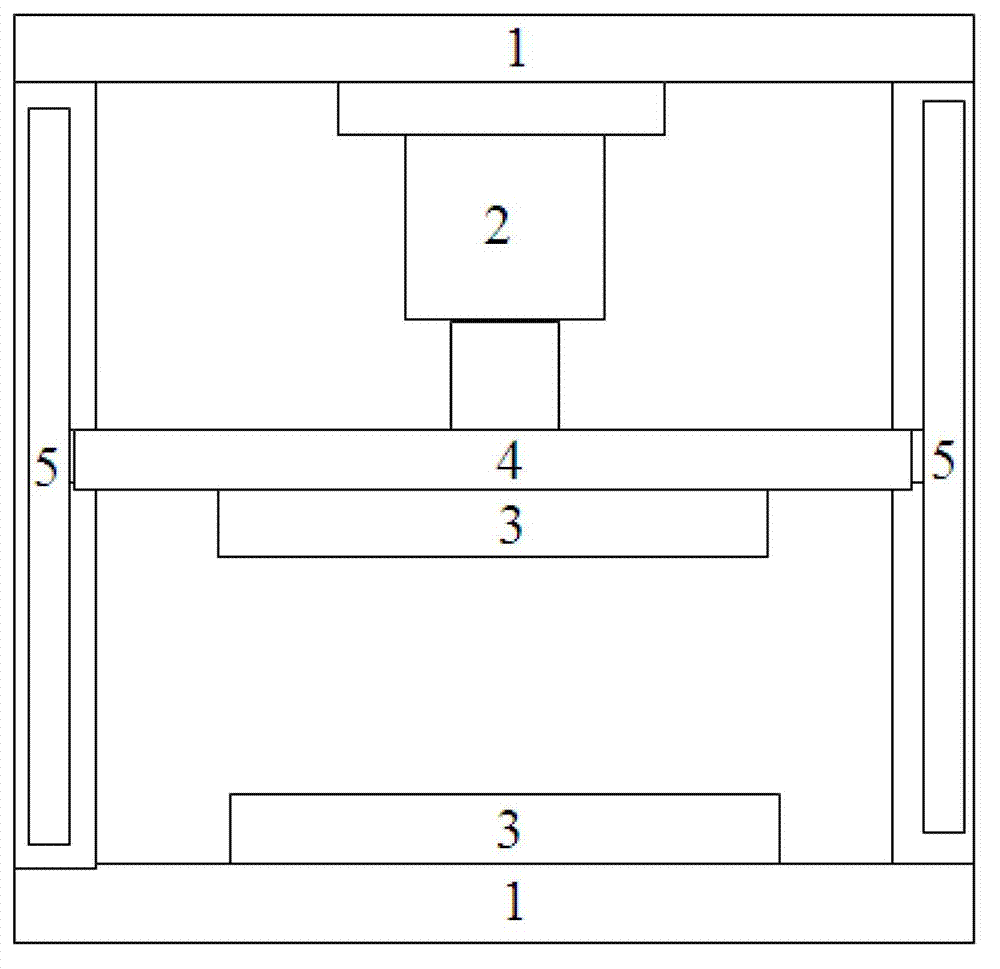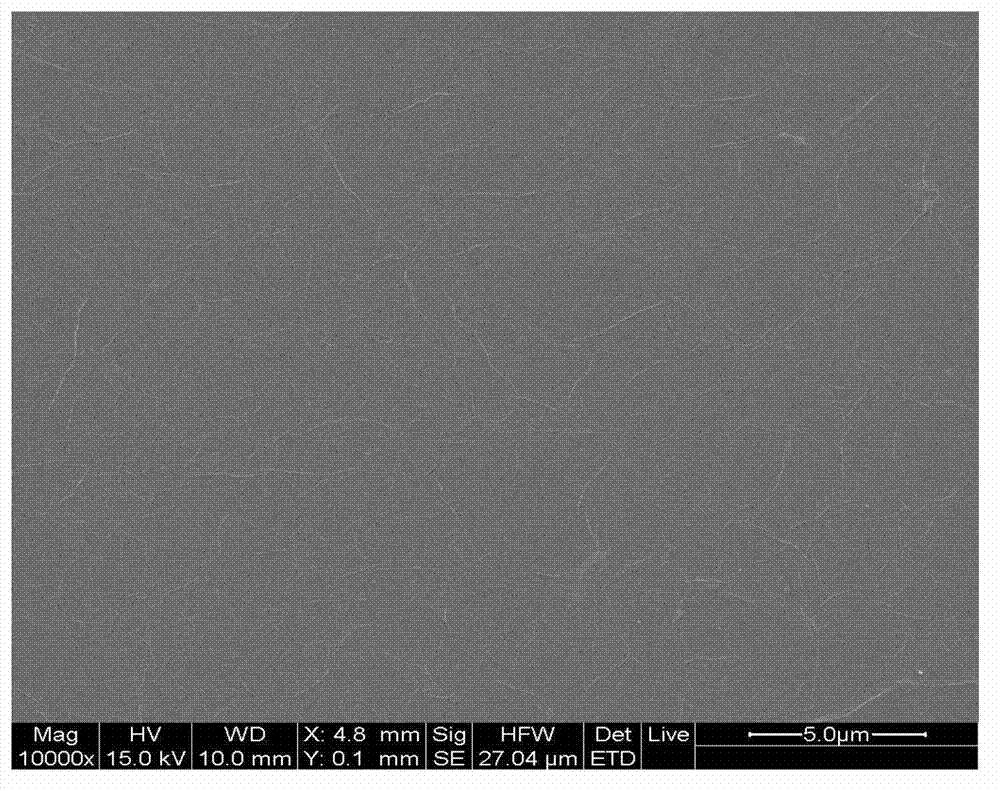Transfer method of graphene or oxidized graphene thin film
A technology of graphene film and transfer method, which is applied in chemical instruments and methods, inorganic chemistry, carbon compounds, etc., can solve the problems that are difficult to meet industrial large-scale preparation, and achieve the effect of reducing transfer cost, easy operation and strong applicability
- Summary
- Abstract
- Description
- Claims
- Application Information
AI Technical Summary
Problems solved by technology
Method used
Image
Examples
Embodiment 1
[0036] Graphene oxide films transferred to glass substrates
[0037] Such as figure 1 As shown in the flow chart, spread the undried film on the flexible substrate on the target substrate, then squeeze the air bubbles between the film and the target substrate, and then use an extruder to squeeze the flexible substrate and the target substrate, so that The film is in close contact with the target substrate, and then the film is formed on the target substrate. At this time, the film is an air-dried film, and then the flexible substrate is removed, so that the air-dried film adheres to the target substrate.
[0038] The 1 mg / ml graphene oxide solution was centrifuged at 14,000 rpm for 10 minutes, then reduced at a voltage of 20v for one hour, and the resulting solution was redispersed by ultrasonication after adjusting its pH to 10 with ammonia water. The polyvinylidene fluoride membrane with a pore size of 0.25um is used to form a film in a vacuum filtration device. First, quic...
Embodiment 2
[0040] Graphene films transferred to glass substrates
[0041] Such as figure 1 As shown in the flow chart, firstly, a 0.1mg / ml graphene oxide solution is formed into a film in a vacuum filtration device with a pore size of 0.45um water-based mixed fiber membrane as a flexible substrate; then the membrane is quickly removed from the vacuum filtration device Gently peel it off, and quickly spread the side with the film on the glass substrate; when the film is not dry, then quickly squeeze it with a brush to remove air bubbles, and then place it on a glass substrate such as figure 2 After the extrusion is completed, the mixed fiber film can be removed by hand or tweezers to realize the transfer of the graphene oxide film. Figure 4It is a scanning electron microscope image of a graphene film transferred onto a glass substrate. It can be seen from the figure that when using the transfer method of the present invention, the obtained film is relatively uniform and complete, and t...
Embodiment 3
[0043] Graphene oxide films were transferred onto a flexible substrate PET.
[0044] Such as figure 1 As shown in the flowchart, firstly, a 0.05mg / ml graphene oxide solution is formed into a film in a vacuum filtration device with a pore size of 0.25um water-based mixed fiber membrane as a flexible substrate; then the membrane is quickly removed from the vacuum filtration device. Gently peel it off, and quickly spread the side with the film on the PET substrate; when the film is not dry, then quickly squeeze it with a brush to remove air bubbles, and then place it on such as figure 2 After the extrusion is completed, the mixed fiber film can be removed by hand or tweezers to realize the transfer of the graphene oxide film.
PUM
 Login to View More
Login to View More Abstract
Description
Claims
Application Information
 Login to View More
Login to View More - R&D
- Intellectual Property
- Life Sciences
- Materials
- Tech Scout
- Unparalleled Data Quality
- Higher Quality Content
- 60% Fewer Hallucinations
Browse by: Latest US Patents, China's latest patents, Technical Efficacy Thesaurus, Application Domain, Technology Topic, Popular Technical Reports.
© 2025 PatSnap. All rights reserved.Legal|Privacy policy|Modern Slavery Act Transparency Statement|Sitemap|About US| Contact US: help@patsnap.com



